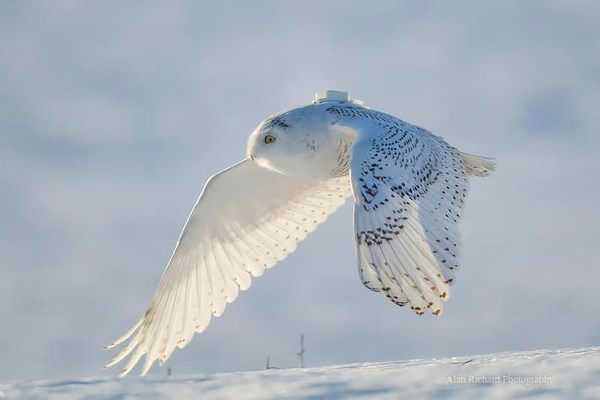A Surprise ‘Desierto Florido’ Is Growing in the Atacama Desert
The colorful phenomenon came ahead of schedule.
Most of the time, the Atacama desert—the driest non-polar place on Earth, sandwiched between two mountain ranges in western Chile—is gritty, cracked, and red. The desert gets less than 1.5 centimeters of rain per year, the equivalent of six or so hours of drizzle. Sometimes it doesn’t get any at all.
Other years, though, are just a little bit damper. In those cases, the seeds sleeping just under the sand wake up, sending shoots to the surface. Those shoots grow leaves and buds. And then, when the time is right, the whole desert lets loose:
This is one of those years. As the BBC reports, “intense and unexpected rain in the north of Chile” has brought another “desierto florio,” or “desert flowering,” to parts of the Atacama. Although the desert usually experiences a flowering every five to seven years, this one comes just two years after the last, which pinkened the landscape with field upon field of mallow flowers.
So far, this year’s palette leans heavy on white, purple, and yellow. Tourism officials told the BBC that they hope to see even more colors soon, as the various seeds take different amounts of time to germinate. (The desert has more than 200 plant species.) In the meantime, botanists are flocking to study what they can, and tourists are close behind, for beauty, wonder, and the ‘gram.
If you’d like to see the Atacama for yourself, Atlas Obscura is leading a trip there in December. There won’t be any flowers, but there will be valleys, geysers, salt flats, and thousands of the desert’s most consistent bloomers: stars.
Every day, we track down a fleeting wonder—something amazing that’s only happening right now. Have a tip for us? Tell us about it! Send your temporary miracles to cara@atlasobscura.com.










Follow us on Twitter to get the latest on the world's hidden wonders.
Like us on Facebook to get the latest on the world's hidden wonders.
Follow us on Twitter Like us on Facebook